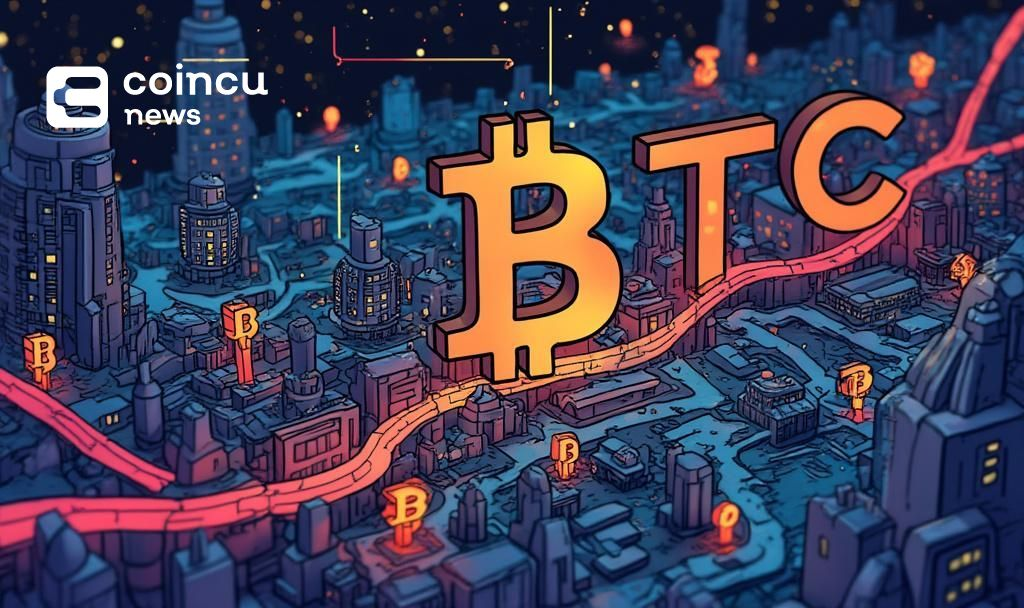$108288.346
At CoinCu News, we give both basic and in-depth articles on the latest news in the cryptocurrency and blockchain sectors.
Author
News
Murano Kicks Off $500M Bitcoin Push as Corporate BTC Holdings Surge
Murano launches $500M Bitcoin treasury plan after joining BTC Inc, while Bitcoin leads asset performance
Jul
Senate Committee Advances Digital Asset Regulation Framework
Senate Banking Committee set for hearing on digital asset regulations amid rising industry demand.
Jul
EU Seeks Resolution in U.S. Trade Talks Amid Tariff Threats
EU leaders engage in critical talks with the U.S., facing potential tariffs on major sectors.
Jul
Threshold Network Launches tBTC on Sui Blockchain to Boost Liquidity
tBTC's launch on Sui blockchain by Threshold Network aims to bring over $500 million in
Jul
Binance’s Zhao Warns Against Quick Riches with Cryptocurrency
Zhao Changpeng advises caution in cryptocurrency investments; no immediate market effects observed.
Jul
Trump Meme Coin Jumps to $8.63 After Tron Launch News
TRUMP meme coin rises to $8.63 after Tron launch news, while BONK overtakes it in
Jul
Crypto Platform’s Fall Affects 2 Million Chinese Investors
Xin Kang Jia's collapse involves 1.8 billion USDT, impacting millions in China. Authorities investigate.
Jul
Robinhood Launches Tokenized Stocks Despite OpenAI Opposition
Robinhood introduces tokenized stocks at Cannes, facing OpenAI's resistance amid regulatory discussions on tokenization and
Jul
SEC Preps Big Rule Shift for All Spot Crypto ETFs
SEC is developing new rules to speed up spot crypto ETF approvals, aiming to cut
Jul
[tptn_list how_old="7" limit="5" title_length="0" heading="0" show_date="0" ]
[tptn_list how_old="30" limit="5" title_length="0" heading="0" show_date="0" ]





















